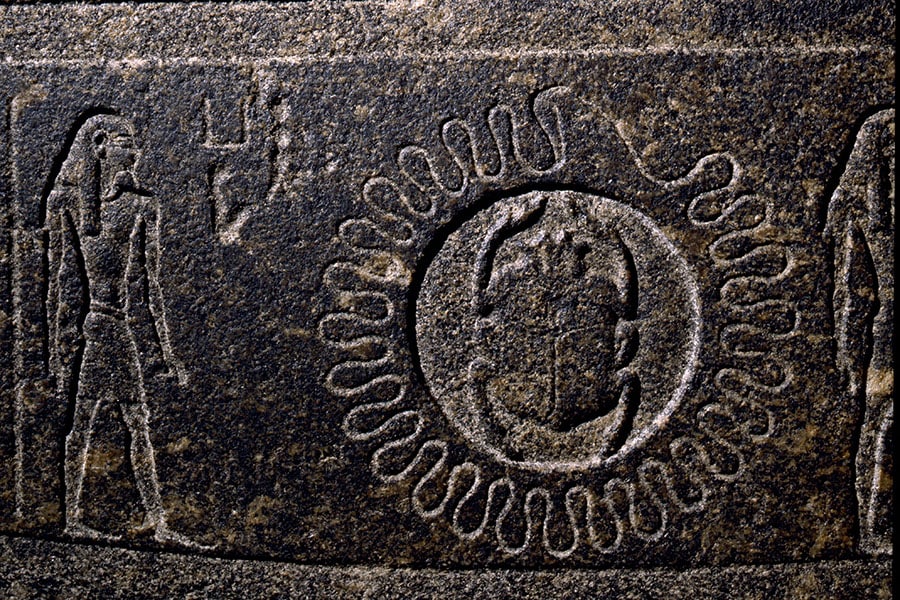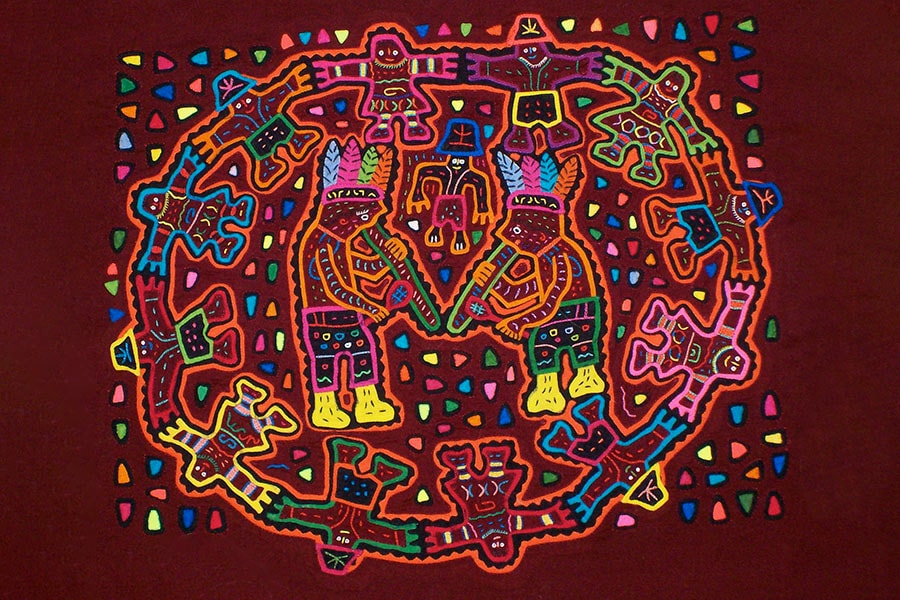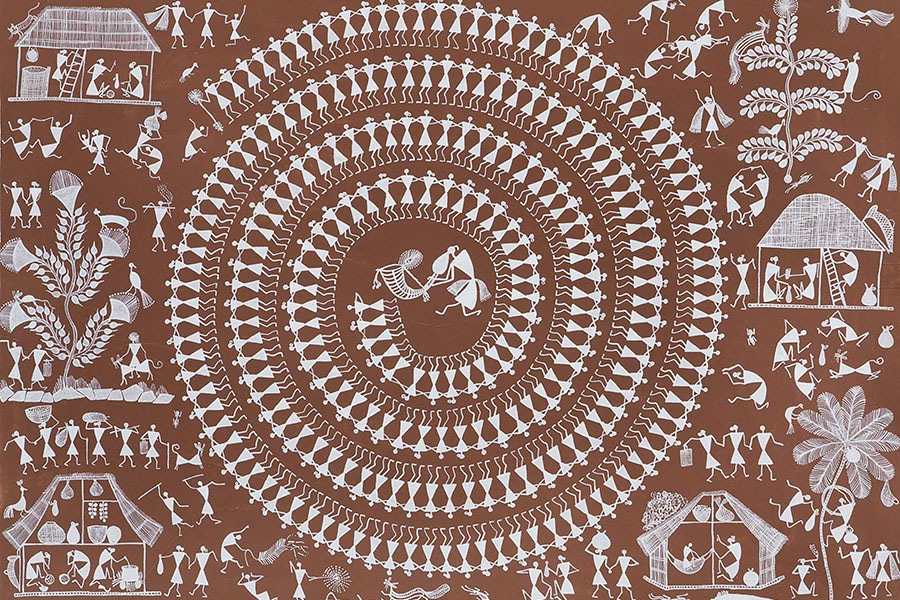
The circle of life: On this Onam, a rumination on the recurrence of circle in nature, myths, and art
One of the essential aspects of Onam—a festival that celebrates harvest and prosperity—is the sight of Pookalam, a concentric circle made of a variety of flowers, at the threshold of homes in Kerala. A circle is a universal symbol, a representation of the cyclical nature of the universe, but also of infinity and timelessness since a circle has no end
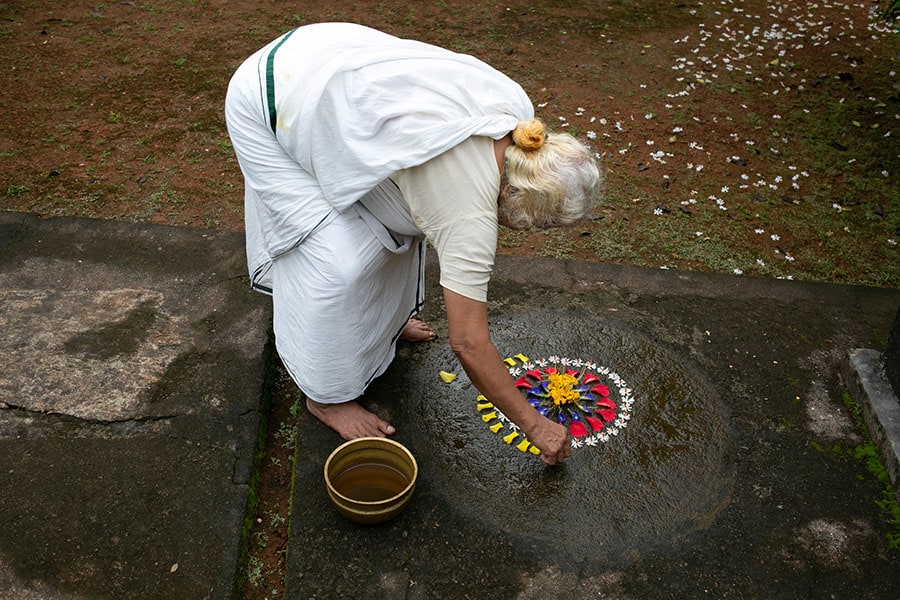 Image: Madhu Kapparath
Image: Madhu Kapparath
A Nair woman from a tharavad (matrilineal household) makes a pookalam arrangement with flowers in Shoranur, Kerala. According to the legend, the demon king, Mahabali, was a benevolent ruler so loved by his people that even the gods became jealous of him. The gods tricked Mahabali and banished him to the underworld, but allowed him to return to his land and people once a year. Hence the celebration, and the pookalam to welcome his homecoming.
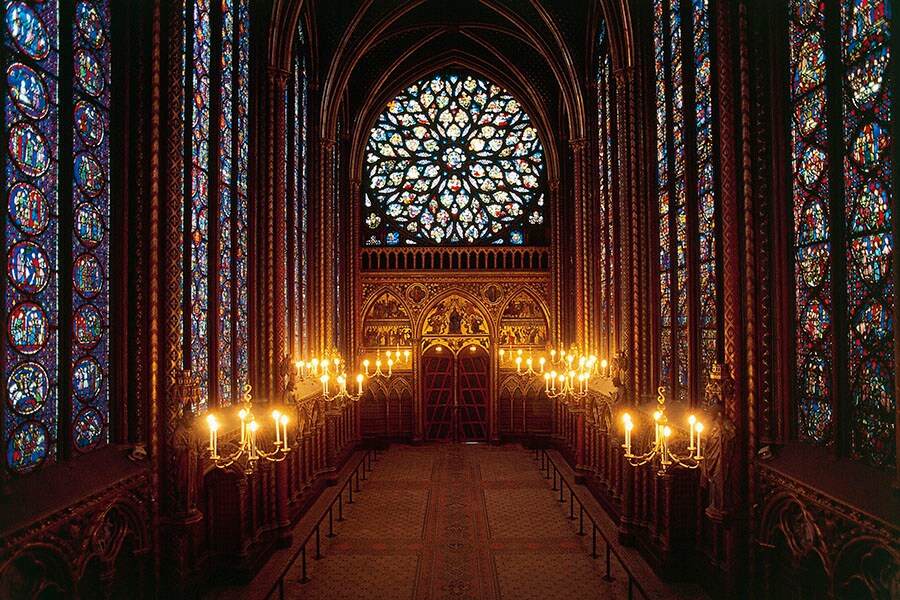 Image: DEA / C.SAPPA / Getty Images
Image: DEA / C.SAPPA / Getty Images
An image of the rose window at The Sainte-Chapelle, a royal chapel in the Gothic style within the medieval Palais de la Cite in Paris, France. Made around the 15th century, the circular window depicting St.John’s vision of the Apocalypse is the ultimate expression of the medieval love of geometry and of the circle.
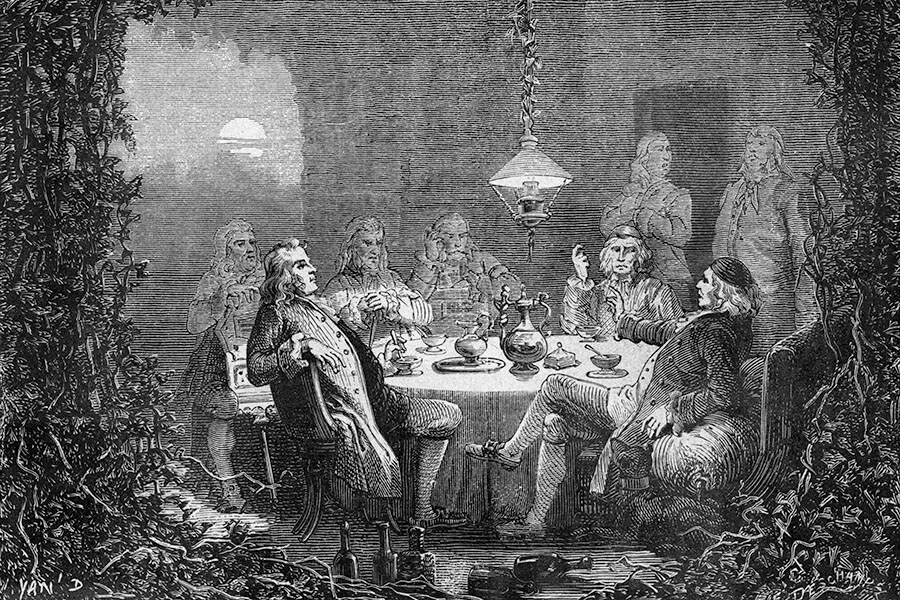 Image: Apic/Getty Images
Image: Apic/Getty Images
A Yan Dargent painting from the book ‘Album of science: famous scientist discoveries’ from 1899 shows James Watt and his ‘circle of lunatics’ on an intimate evening at his Heathfield Hall home in Staffordshire, England. James Watt was an inventor, mechanical engineer and chemist whose improvements in steam engine technology drove the Industrial Revolution.

